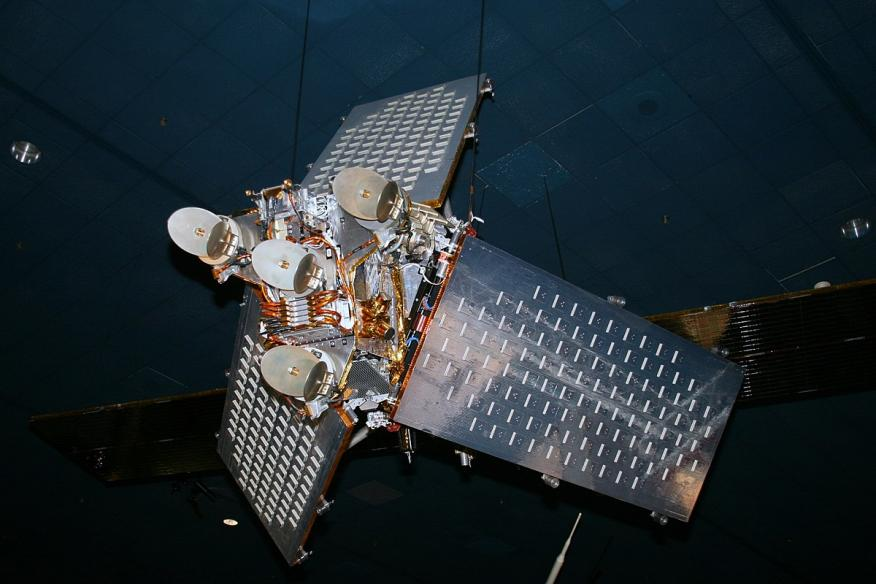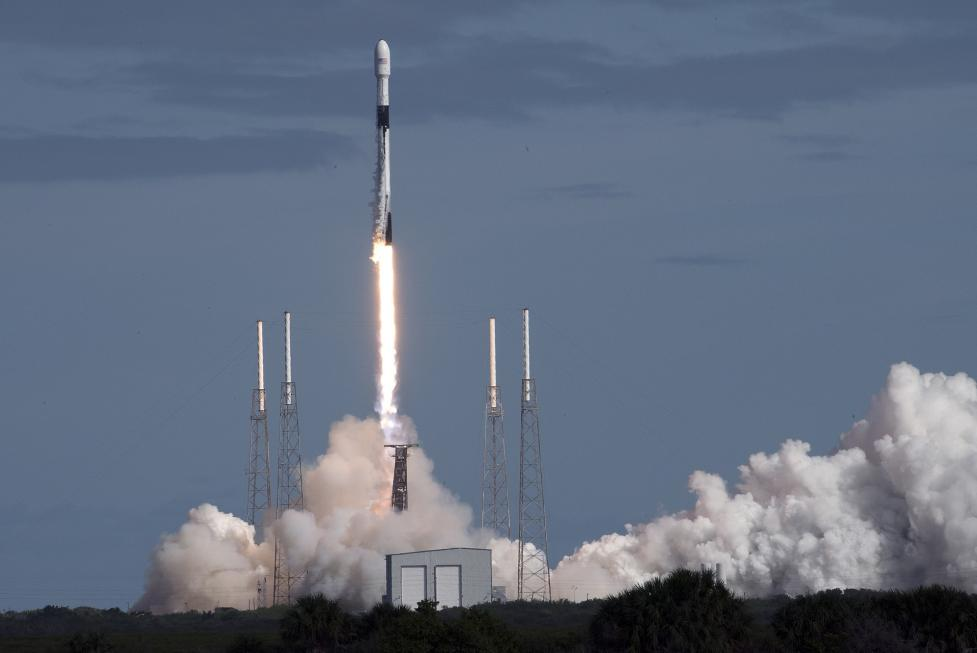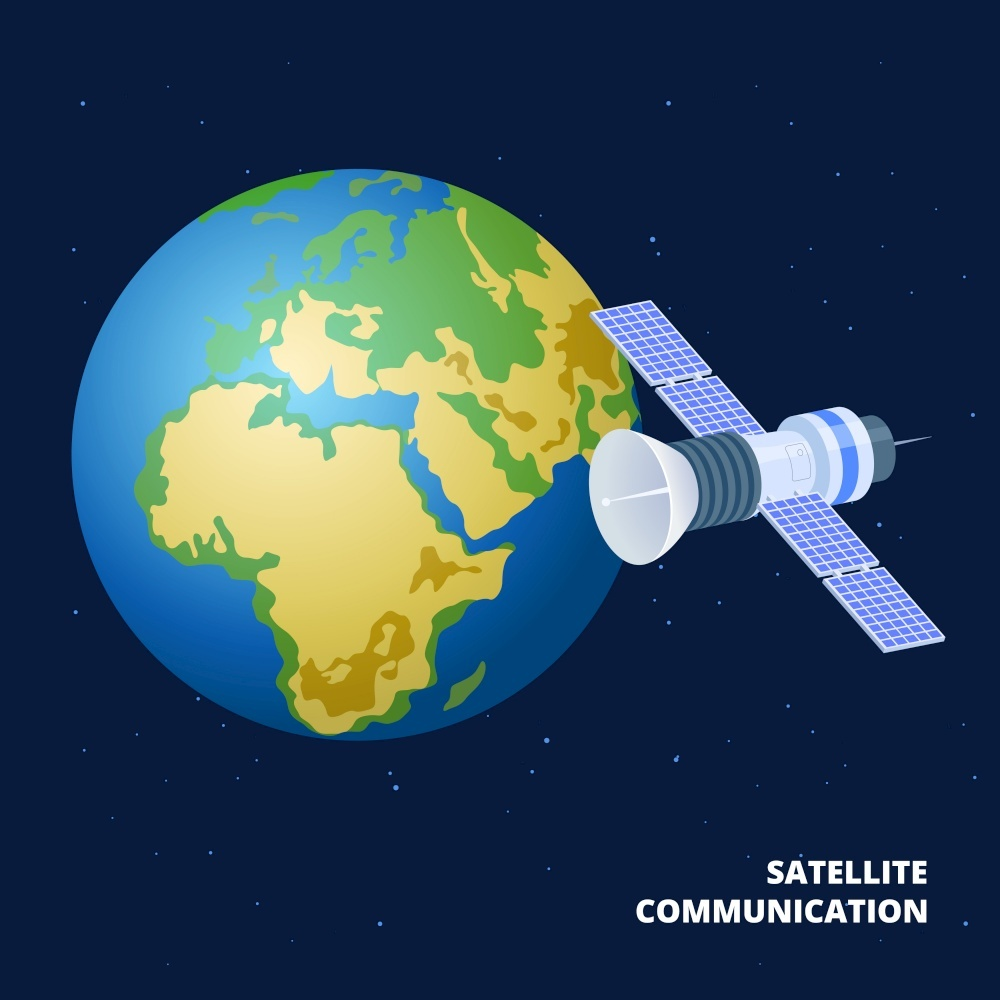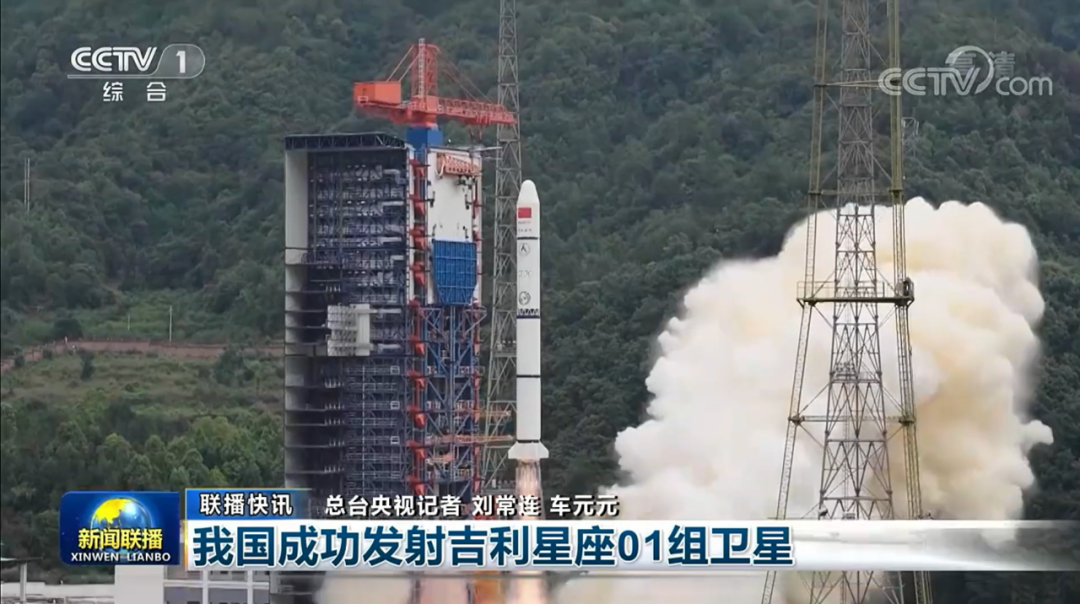Technology giants are vying to enter the market, what kind of development will the field of satellite communication usher in?

Technology giants are vying to enter the market, what kind of development will the field of satellite communication usher in?
In recent years, the global satellite communication industry has entered a stage of rapid development.
New technologies and new applications related to satellite communications continue to emerge, becoming a hot spot in media reports and attracting widespread public attention.
Especially in the past 2022, Huawei and Apple respectively released mobile phones equipped with satellite communication technology, which caused a lot of excitement inside and outside the industry. People have speculated: Have we entered the era of satellite Internet in an all-round way? How will the rise of satellite communications change our lives?
In today's article, let Xiaozao Jun give you a comprehensive interpretation.
The history of satellite communications
On October 4, 1957, the world's first artificial earth satellite "Sputnik 1" was successfully launched, marking the official opening of the space age for humanity.
"Sputnik 1" has a strong Cold War background. During that special period, the superpowers launched artificial satellites, basically for military purposes.
Later, with the passage of time, the civilian value of satellites was gradually discovered. More and more commercial satellites have been sent into space for ground remote sensing, weather observation, broadcast communication and other purposes.
Our country's first satellite is the famous "Dongfanghong 1". The satellite was launched on April 24, 1970. The Dongfanghong music it sent out in space is an indelible memory of countless Chinese people.
After entering the 1980s, the development of international commercial satellites entered a new climax. Rebroadcasting TV signals and forwarding communication messages through satellites has become a mainstream trend.
At that time, the well-known American company Motorola proposed a great idea: to build a global satellite telephone network through a near-Earth constellation composed of 77 satellites, allowing users to make calls in any corner of the world.
That's right, this idea is the famous Iridium project.

Iridium satellite (replica)
The Iridium program is the symbol of the first stage of human commercial satellite development. Restricted by the technical conditions and business model at the time, the plan eventually went bankrupt and failed, leaving a mess.
After entering the 20th century, another company made a comeback. This time, they put forward a more rational development goal, clearly positioning themselves as a supplement to the ground communication system (rather than wanting to replace the base station like the Iridium project), providing network services specifically for users in places such as sea and remote areas .
This shift in positioning marks the second phase of commercial satellite development.
A representative company at this stage is O3b Networks, founded in 2007. They have found success by partnering with telecom operators to provide broadband satellite communications services to islands or ships.
It is worth mentioning that during the second stage of development, the functional positioning of satellite communications has also changed. It no longer only serves voice calls and TV signal broadcasts, but faces a larger market, that is-satellite Internet.
You can recall that around 2007 was the period when 3G and smart phones broke out in an all-round way. The vigorous development of the mobile Internet has affected satellite communications and allowed satellites to gradually serve the wide-area coverage and access of the Internet.
In 2015, Elon Musk officially proposed the Starlink project based on his own Space Exploration Technology Company (SpaceX). The project plans to launch 4,425 low-orbit satellites (later increased to 42,000) to provide high-speed broadband Internet services to customers around the world.

The Falcon 9 rocket carrying the Starlink satellite is being launched
The launch of the Starlink project shocked the whole world, and also promoted the third stage of satellite communication, which is the era of low-orbit broadband satellite Internet.
The so-called low-orbit satellites are satellites that work in low-earth orbits 500-2000 kilometers above the ground. Although its coverage is not as good as high-orbit and medium-orbit satellites, it can compensate for coverage by increasing the number, providing greater capacity, lower latency, and higher network speed.
In addition to low orbit, there is another important technological trend in the third stage, which is the rise of high throughput communication satellites (High Throughput Satellite, HTS).
High-throughput satellites adopt higher communication frequency bands (such as Ku-band and Ka-band), more advanced satellite platforms, more transponders, and stronger antenna technologies, achieving a higher throughput than traditional satellites (low-throughput, 1- 2Gbps) more powerful communication bandwidth capabilities can bring users a better network experience.
All in all, it is precisely because of the technological leap of low-orbit satellites and high-throughput satellites that the rapid development of the global satellite communication industry has been established.
The application value of satellite communication
The reason why human beings want to develop satellite communication is because it does have unique technological advantages.
Satellites are in space, as the saying goes: "Stand tall, see far." It utilizes limited space resources and can easily achieve wide-area signal coverage.
As we all know, after hundreds of years of construction and development, humans have established relatively developed ground communication networks (fiber optics, microwaves, mobile communications) on the earth, covering a large number of people. However, these networks are mainly concentrated in residential areas.
We usually say that the network coverage rate is very high, mainly referring to the population coverage rate, not the national land coverage rate. Taking my country as an example, our network is the most powerful in the world, capable of achieving 99% population coverage. But the national land coverage rate is only about 30%.
In other words, on the vast surface of the earth, there are a large number of deep mountains, forests, deserts, grasslands, Gobi and other areas, there is no mobile phone signal, let alone optical fiber.
Therefore, we can make up for the shortcomings of traditional ground communication systems through satellite communications and achieve coverage of these remote areas.

Satellite communication, with strong coverage
Satellite communication can provide strong support for resource exploration, forest fire prevention, emergency rescue and disaster relief, adventure tourism, wildlife protection and other application scenarios, which can not only facilitate business development, but also ensure life safety.
For residents in economically underdeveloped areas, satellite communications provide fast and cheap Internet access, helping to boost the local economy and bridging the digital divide.
Over the years, satellite communication-based Internet of Things applications (such as asset management, geological disaster monitoring, etc.) have also developed well, and the market potential is huge.
In addition to land, there are two important application areas of satellite communication, namely, marine communication and airborne communication (aircraft communication). The demand for Internet connection in these areas is also very large, with a large number of high-value customers, and the return on investment is extremely high.
The industry prospect of satellite communication
It is precisely because satellite communication has broad application scenarios and huge commercial value that it has attracted many companies to join it.
In addition to the aforementioned Starlink, many foreign companies have launched commercial satellite Internet projects. For example, Samsung's space Internet project, Amazon's Kuiper project, Telesat's Telesat LEO project, etc.
In 2022, mainstream mobile phone manufacturers such as Huawei and Apple will accelerate their embrace of the satellite communication field, which means that an emerging track belonging to "smartphone + satellite communication" has been paved. Subsequently, Qualcomm and Iridium aimed at the mobile phone direct-to-satellite market, applying satellite communication to Android phones. The technology, which will be available in the second half of this year, is expected to offer more features than the iPhone.
The industry generally believes that from 2023 to 2024, satellite communication may become the standard configuration of flagship mobile phones.
In China, we are also actively carrying out the industrial and technological layout of satellite Internet.
In 2016, China released the "Aerospace White Paper". It is clearly stated that the satellite system level and basic product capabilities will be improved, the three major systems of satellite remote sensing, satellite communication and broadcasting, and satellite navigation and positioning will be established, the space-ground integrated information network will be built, the space infrastructure system will be basically established, and continuous and stable business services will be formed. ability to promote the development of satellite and application industries.
In addition, the white paper also proposes: "Encourage and guide private capital and social forces to participate in aerospace activities such as aerospace research and production in an orderly manner, and vigorously develop commercial aerospace."
On April 20, 2020, the National Development and Reform Commission included satellite Internet, 5G, and industrial Internet in information infrastructure for the first time, clarifying the great strategic significance of building satellite Internet.
Satellite communication-related companies that are familiar to everyone in China are state-owned enterprises such as Starnet Group and China Satcom. But in fact, private enterprises involved in commercial aerospace are also worthy of attention.
Among them, one of the most representative enterprises is Zhejiang Shikong Daoyu Technology Co., Ltd. (hereinafter referred to as "Shikong Daoyu").

Space-Time Daoyu is a young company established in 2018. It is building the world's first low-orbit future travel constellation. It currently has 9 satellites in orbit and will complete the first phase of launching and deploying 72 satellites in 2025. In just a few years, they have made remarkable achievements in the field of satellite manufacturing and satellite application.
In the field of satellite manufacturing, Space-time Daoyu realizes one-stop in-orbit delivery of AIT from satellite development to satellite mass production through self-developed multi-level general-purpose satellite platforms, as well as low-cost, high-reliability satellites and supply chain products.
In the field of satellite applications, they can provide global medium and low-speed satellite communication services, satellite-based high-precision positioning services, and satellite remote sensing AI through future travel constellations and their own ground systems, combined with the Beidou-3 system and Tiantong-1 satellite mobile communication system Serve.
Today, Spacetime Daoyu has formed a research and development system with Shanghai Research Institute as the core and Nanjing and Xi'an R&D centers as the support. It has established two business operation headquarters in Guangzhou and Qingdao, established a Beijing business center, and has a satellite super factory. (located in Taizhou, Zhejiang).
This is the only private commercial aerospace unicorn company in China that has achieved a commercial closed-loop. It has established a full industrial chain business system covering satellite R&D, manufacturing, measurement and control, and application. It is committed to becoming the world's leading aerospace information and communication infrastructure and Application provider.

In June 2022, Space-Time Daoyu successfully entered orbit with one arrow and nine satellites, opening a new chapter in China's commercial spaceflight.
As a private commercial aerospace enterprise, Space-time Daoyu provides satellite application data services by building the world's first low-orbit future travel constellation, and making full use of the Beidou-3 system and Tiantong-1 satellite mobile communication system. They have integrated aerospace technology with new energy vehicles, and provided satellite-based high-precision positioning services for vehicles through their own constellation and ground systems, enabling smart travel.
In the field of consumer electronics, Geely will officially enter the field of mobile phones in 2021. As a subsidiary company of Space Time Daoyu, it can be inferred that it will undertake satellite application services for mobile phones and help Geely create a future travel ecology that integrates cars, machines and mobile phones. From this point of view , the company has broad business prospects.
final words
The journey of mankind is the sea of stars.
Wang Yang, CEO of Spacetime Daoyu, believes that technology and application scenarios are indispensable for private commercial aerospace enterprises to succeed. The market-oriented mechanism puts forward higher requirements for private commercial aerospace, not only to achieve technological innovation, but also to make aerospace technology serve the production and life of human beings, and promote the economic development of human society.
In the past few decades, we have witnessed the vigorous development of satellite technology and the value it has created for the development of human society. Today, this technology has entered a new stage of evolution, its commercial implementation is accelerating, and its market potential is constantly exploding.
Under the wave of digital transformation, it is of great significance to seize the development opportunities of satellite technology and build a three-dimensional digital network integrating space and space.
We are optimistic about the development prospects of aerospace technology companies, including Spacetime Daoyu. Their innovation and accumulation in the field of satellites has already yielded initial results. In the future, they will definitely bring us even greater surprises.